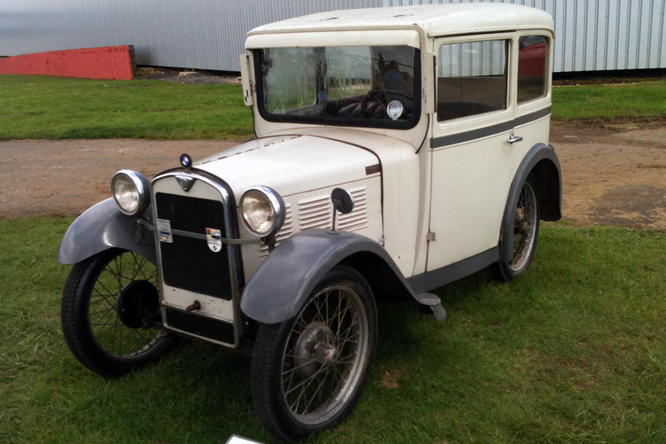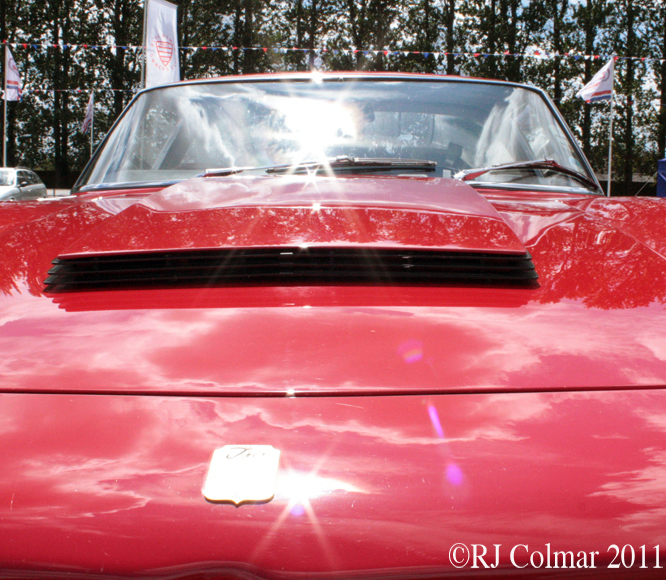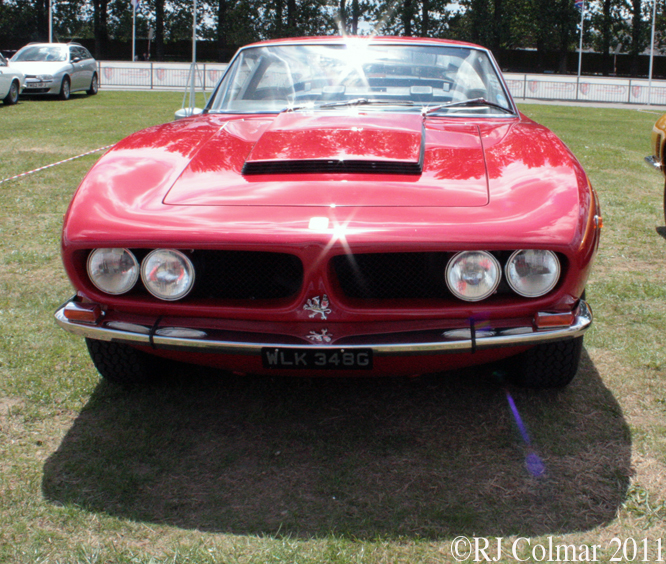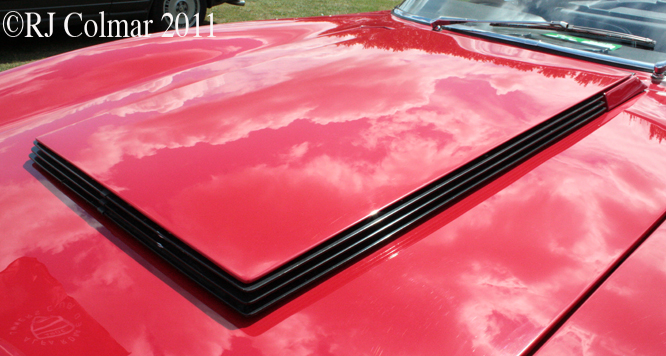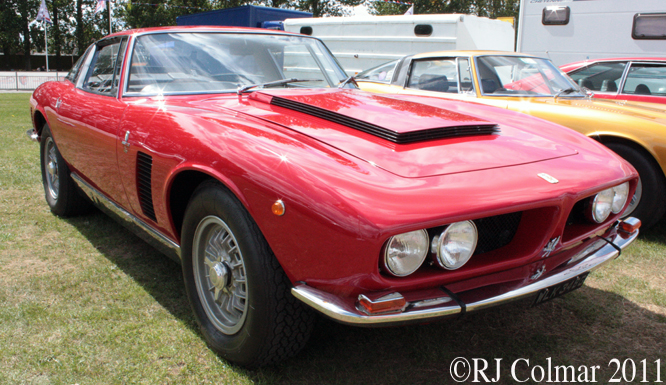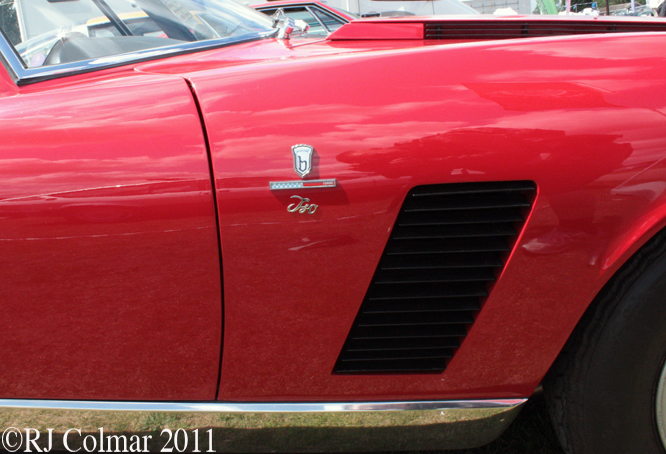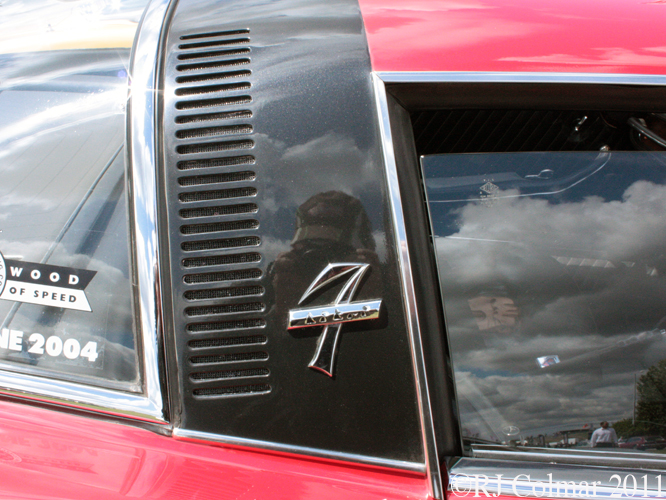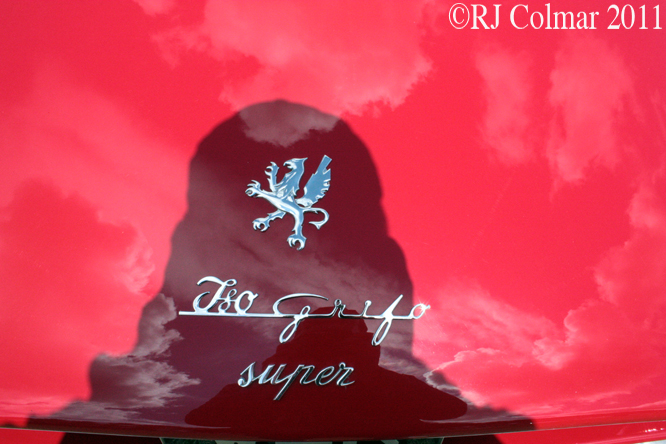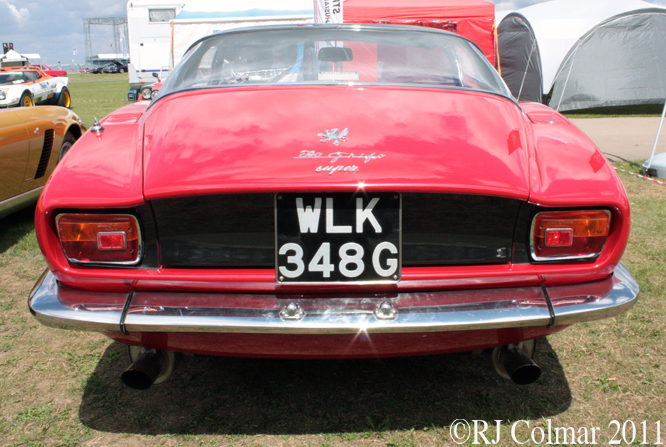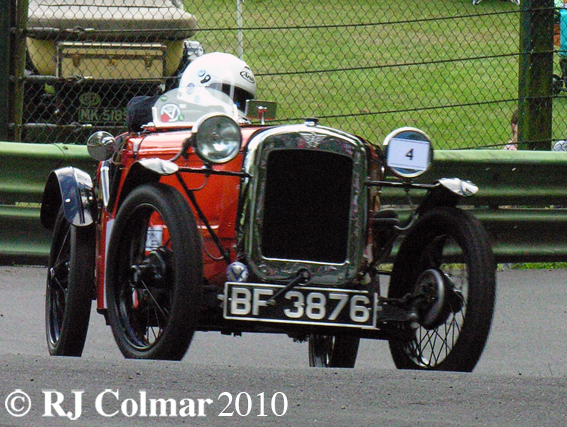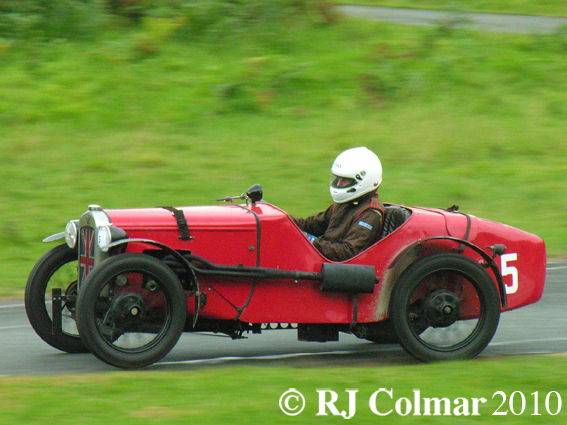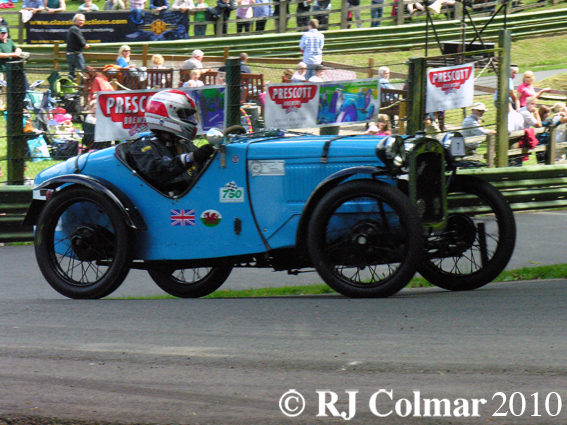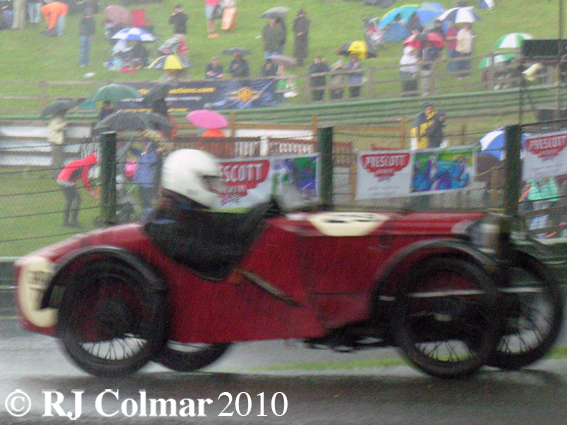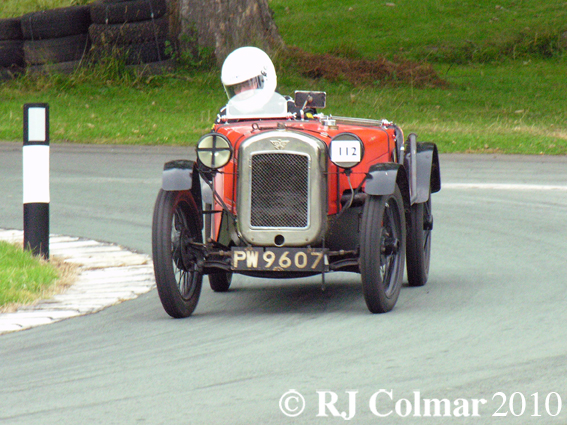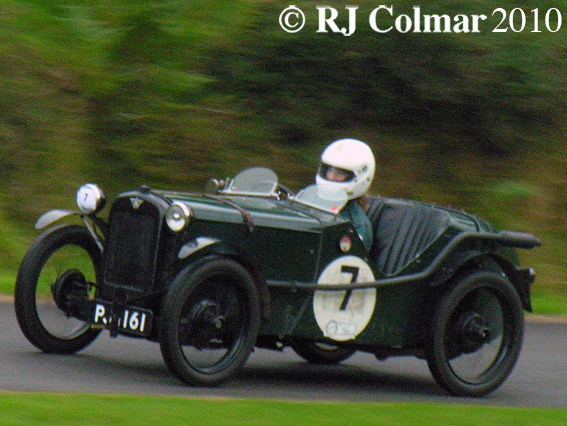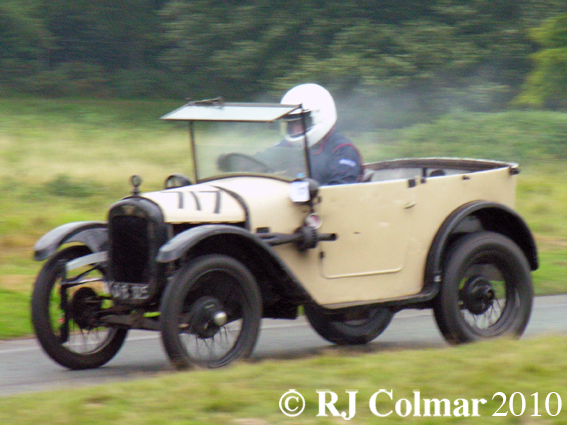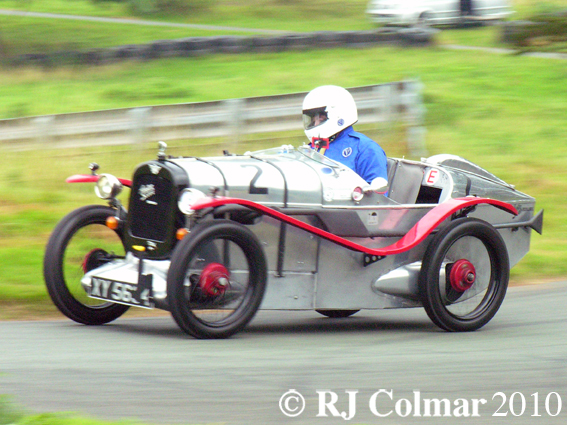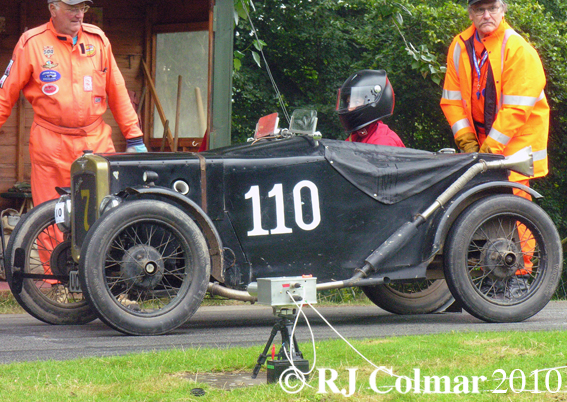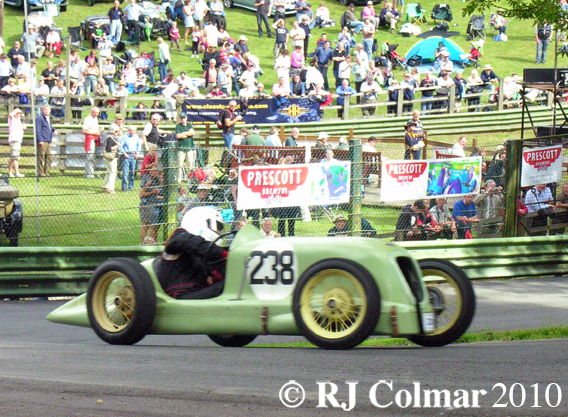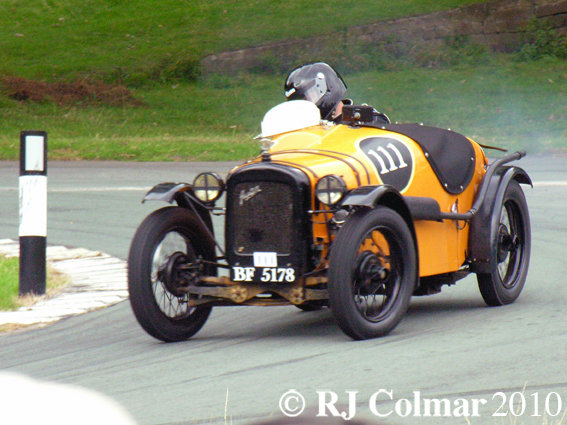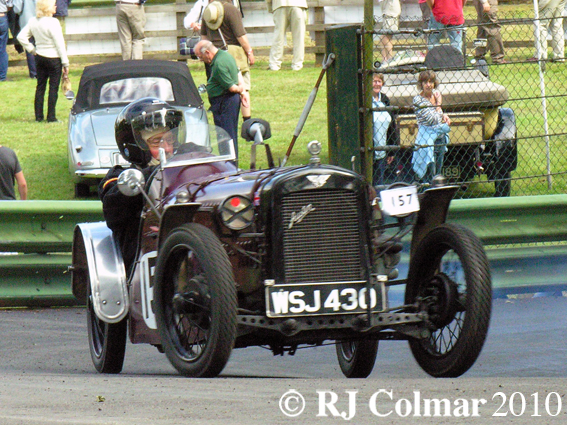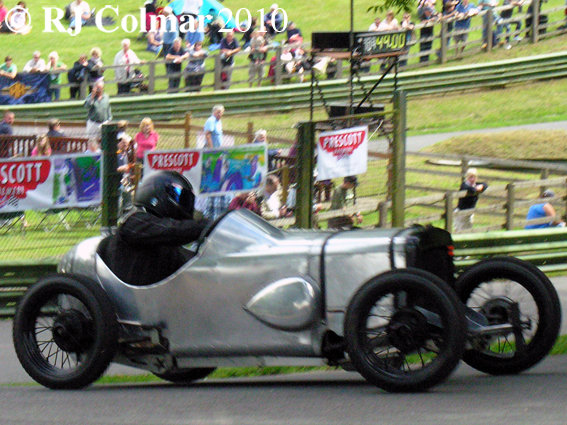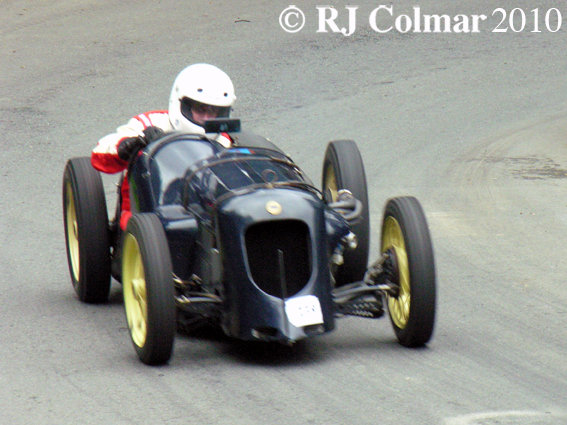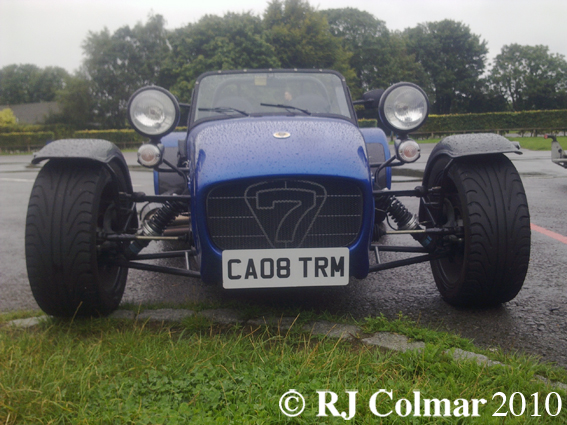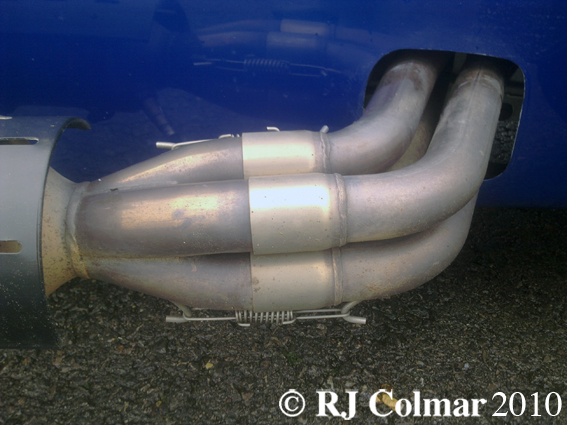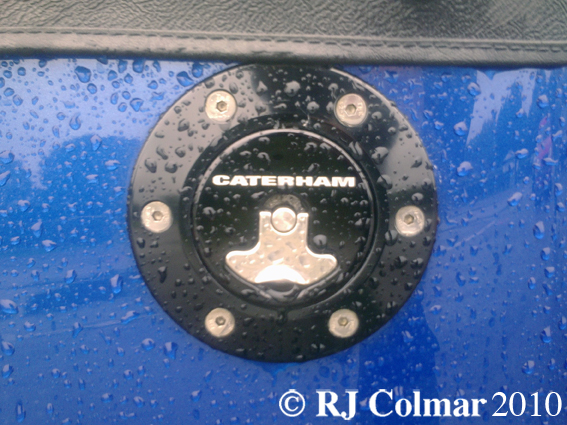In 1935 former American Austin Car Company salesman Roy Evans bought the American Austin Company assets after they had manufactured 20,000 American Austins and filed for bankruptcy.
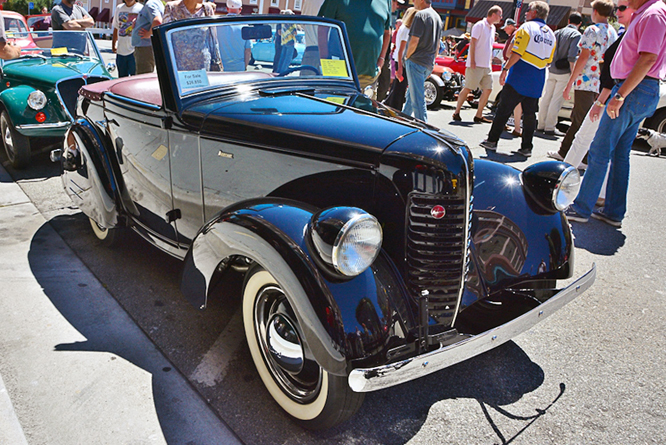
He had the 819cc / 50 cui Austin 7 derived 4 cylinder motor upgraded to produce 23 hp by none other than Harry Miller builder of multiple Indy 500 winning cars and father to the famous line of Offenhauser racing motors.
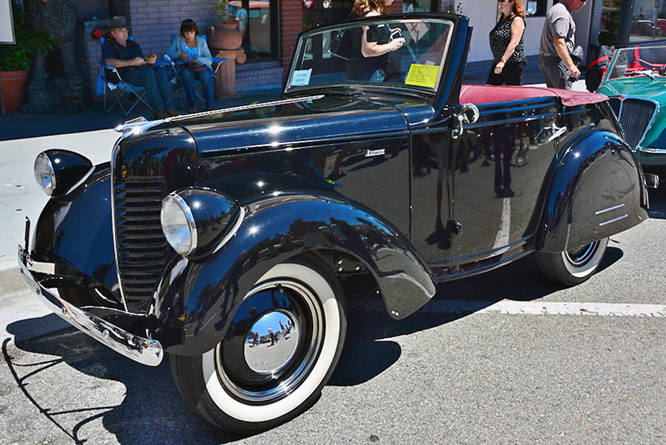
The original American Austin Car Company products Austin 7 derived body was completely restyled by Russian Count Alexis de Sakhnoffsky who also styled the contemporaneous Cords and Auburns of the day and later post war Tucker.
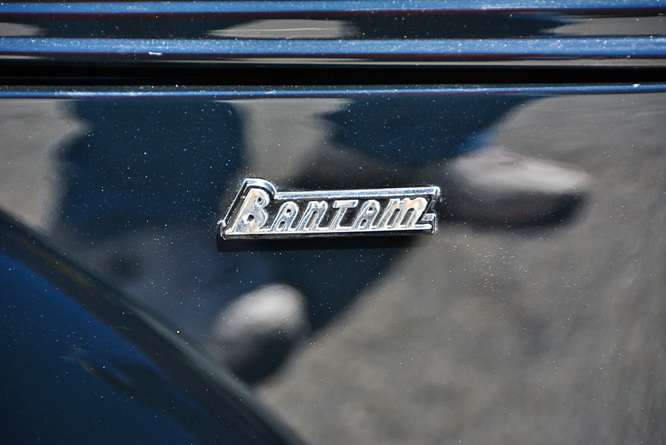
Production of the American Bantam 60 got underway in 1937 with; Coupé, Roadster, Convertible, Speedster, Woodie Station Wagon and pick up variants, the 1940 American Bantam 60 Convertible Coupé seen here is thought to be one of just 60 that were built.
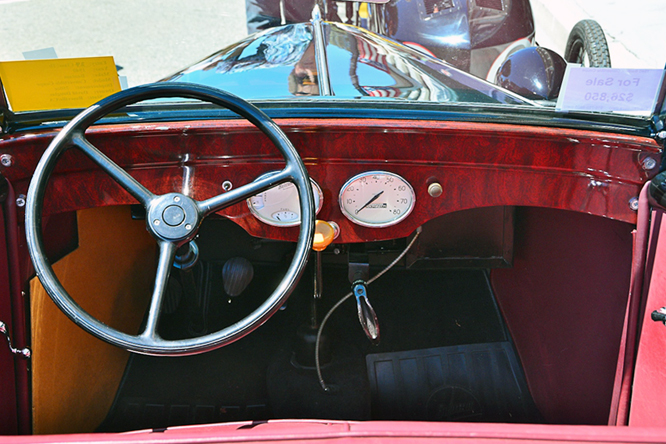
Between 7 and 8,000 Bantam 60’s of all type were produced up until 1941 when the company switched production to the original run of 2,765 Jeeps designed by Karl Probst designated BRC (Bantam Reconnaissance Car) 40. Austin Bantam lost the really big contract for further Jeeps due to fears their production facility at Butler, Pennsylvania did not have sufficient capacity. As a result Ford and Willys Overland were given the biggest Jeep contracts and the original American BRC 40 designs were passed on as required while American Battam productuction switched to Jeep T3 trailers.
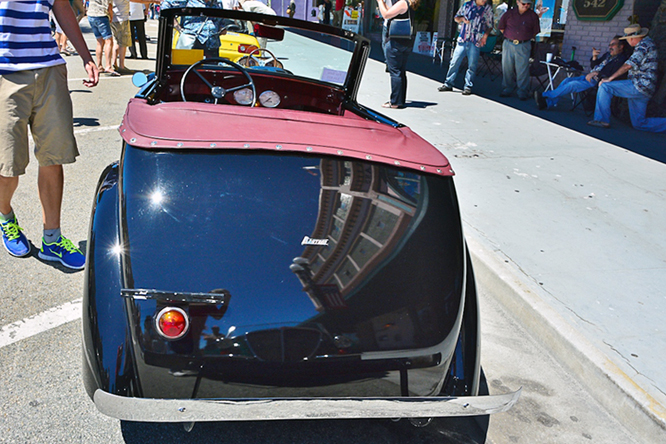
It is said that the drawings for the 1934 Belchfire Runabout driven by Donald Duck and first seen in 1937 were inspired by the American Bantam 60, despite the Belchfire being known to have been built by Donald using a 1920 Mixwell engine, ’22 Dudge body, ’23 Paclac axles with wheels off a lawn mower!
My thanks to Geoffrey Horton for sharing these photographs taken at The Little Car Show in the City of Marina earlier this year.
Thanks for joining me on this “Belchfire Runabout” edition of ‘Gettin’ a li’l psycho on tyres” I hope you will join me again for “Ferrari Friday” tomorrow. Don’t forget to come back now !


